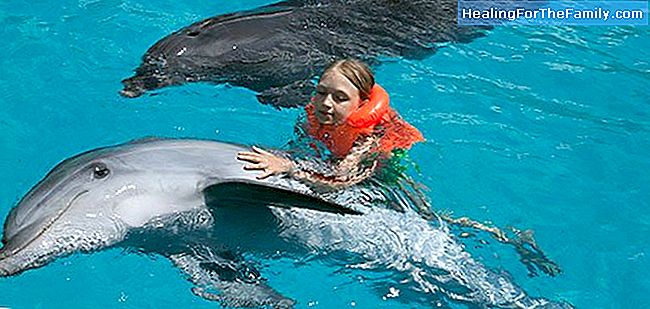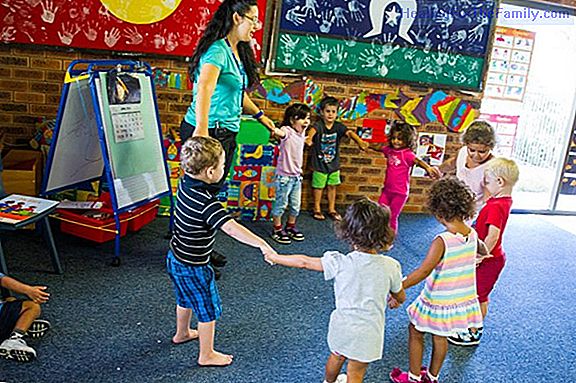Dolphin therapies in children with some disability
Dolphin therapy is indicated in the treatment of many childhood disorders, such as Autism, Down syndrome or even in children with cerebral palsy . Its benefits are innumerable. Among others, the reduction of stress, tension and fear of children or the improvement of the nervous system thanks to the
Dolphin therapy is indicated in the treatment of many childhood disorders, such as Autism, Down syndrome or even in children with cerebral palsy. Its benefits are innumerable. Among others, the reduction of stress, tension and fear of children or the improvement of the nervous system thanks to the ultrasonic waves emitted by these animals.
Dolphin therapy in children consists of training one or more dolphins and using them as a tool in therapeutic programstogether with the dolphin carers and always directed by health or education specialists.
Dolphin therapy or dolphin therapy in children

Therapeutic work with dolphins can be done with many ages being the most common from 2 to 50 years. We must bear in mind that this type of therapy has nothing to do with swimming with dolphins as a tourist commercial package offered by a multitude of companies in our country and around the world, this type of work with these fun and intelligent animals goes much more there.
Usually with dolphin therapies is an aquatic therapy that can work with children with disabilities since it is an environment that stimulates them, motivates them and they tend to get affinity with the dolphins very quickly as happens in another type of therapies with animals such as canine therapy (therapies with dogs) or equine therapy (therapies with horses).
This type of therapy is usually aimed at children with Pervasive Developmental Disorders (PDT), Cerebral Palsy (PC), Down Syndrome and also in children with Autism. With dolphin therapies, it is understood that a multitude of benefits can be achieved such as favoring communication and verbal language, improving attention, favoring social interaction, correcting behavior problems, better self-control, improving muscle tone, stimulating cognitive capacity and a long etc. Although it should be known that the objectives to be achieved in each child will depend on each child and their individual characteristics, since they can not be generalized in a therapy since each person will need different things.
The therapies are usually between 15 and 30 minutes and children will always have to be accompanied by specialists. It has been shown that dolphins have a high sensitivity for children with disabilities and their ultrasonic waves help children to have a better connection between neurons and also encourage the good functioning of the cerebral hemispheres. In addition, and as if that were not enough, they help achieve good physical, emotional and cognitive results.
The detractors of dolphin therapy in children
Although this practice that seems fun and very suitable for children with disabilities, is not exempt from controversy by animal advocates since they think it is to place dolphins at unnecessary risk although there are precautions. They defend that the animals can be injured by the jewels or the nails of the participants as well as they could receive blows by those patients who have problems of self-control, something that the animal does not deserve. In addition, the defenders of dolphin rights defend other injustices such as being captured from their natural environment, many are injured and some die in the process.












